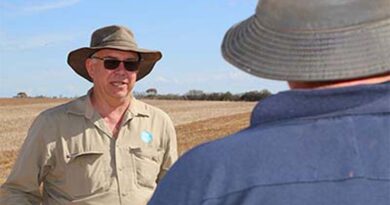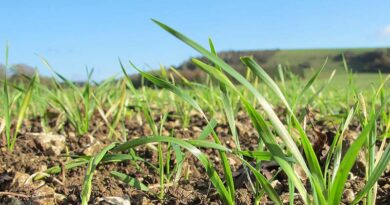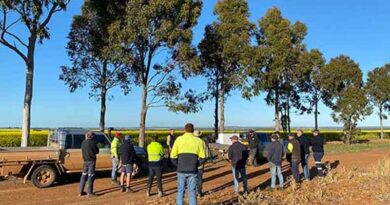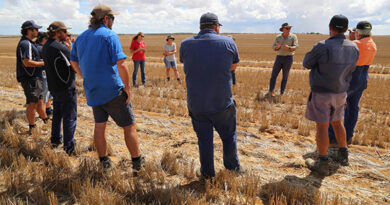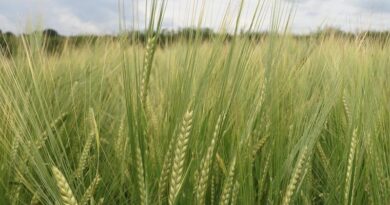Reduce harvest losses to minimise mouse risk
07 November 2023, AU: Despite low mouse activity reported around Australia, grain growers are being asked to remain vigilant and harvest cleanly to enhance future baiting effectiveness and increase on-farm profitability.
Leading mouse experts recently spoke at the National Mouse Group Meeting supported by Grains Research and Development Corporation (GRDC) investment, where the link between harvest losses and baiting effectiveness was discussed.
Lead mouse researcher Steve Henry from CSIRO, Australia’s national science agency, says that measuring and preventing harvest losses should be a key consideration for growers seeking to prevent mouse activity.
“Mouse numbers are patchy overall, with most areas reporting low or nil mouse activity, but food resources left in paddocks after harvest could sustain mouse breeding and lead to higher mouse numbers when next year’s winter crops are sown,” Dr Henry says.
“We know grain on ground has a significant impact on bait effectiveness. So if you’re leaving kilos of grain on ground at harvest then the effectiveness of baiting in autumn will be reduced.
“Reducing harvest losses not only increases baiting effectiveness but also boosts your bottom line.
“Continue to check header set up throughout harvest. As you’re changing paddocks, don’t assume header set up is correct for every paddock. Check and reset as needed. Ongoing measurement and readjustment is key to leaving less grain on the ground.
“It’s really important to measure harvest losses, and there are measuring devices out there to do the job.”
GRDC has invested significantly in mouse monitoring and management and has made a commitment to help growers increase their preparedness for mouse outbreaks and the effectiveness of baiting.
GRDC manager pests, Leigh Nelson, says there are a number of resources available to assist growers in reducing and measuring their harvest losses.
“GRDC Harvester Set-Up Workshops provide growers with information relating to preventable harvester losses, improvements in efficiency and output, calibrating harvester technology, reducing the risk of harvester fires, and methods of harvest weed seed control (HWSC),” Dr Nelson says.
“In addition to the workshops, resources are available on the GRDC website including mouse monitoring updates and management recommendations to keep growers informed,” she says.
A full list of mouse management resources can be found on the GRDC Mouse Management page.
Key points:
- Growers are encouraged to harvest cleanly to enhance future baiting effectiveness and boost their bottom line.
- Mouse numbers are patchy overall, with most areas currently reporting low or nil mouse activity.
- Baiting with products containing 50 g/kg zinc phosphide (ZnP50) appears to be highly effective – when bait was applied in late winter there are now low numbers of mice reported.
- Growers need to remain vigilant despite low activity reported around Australia, with big harvests expected in some areas.
- Keep an eye on mouse numbers through stubble to ensure there are no ‘nasty surprise’ spikes in numbers as next sowing season approaches.
Also Read: CGIAR capacity development hub at UM6P in Morocco
(For Latest Agriculture News & Updates, follow Krishak Jagat on Google News)


